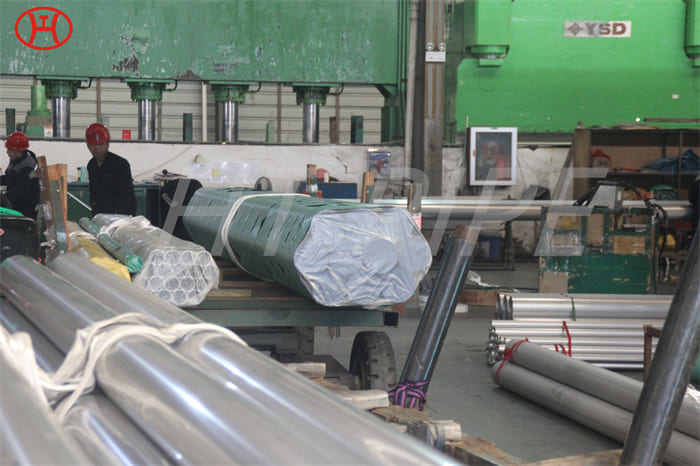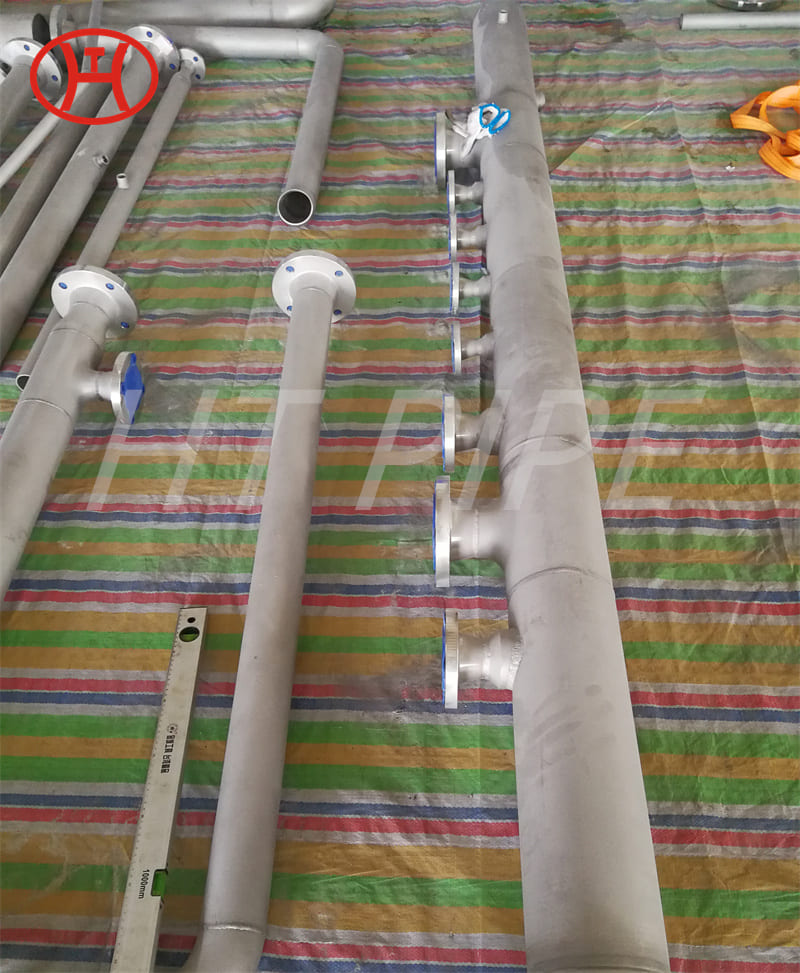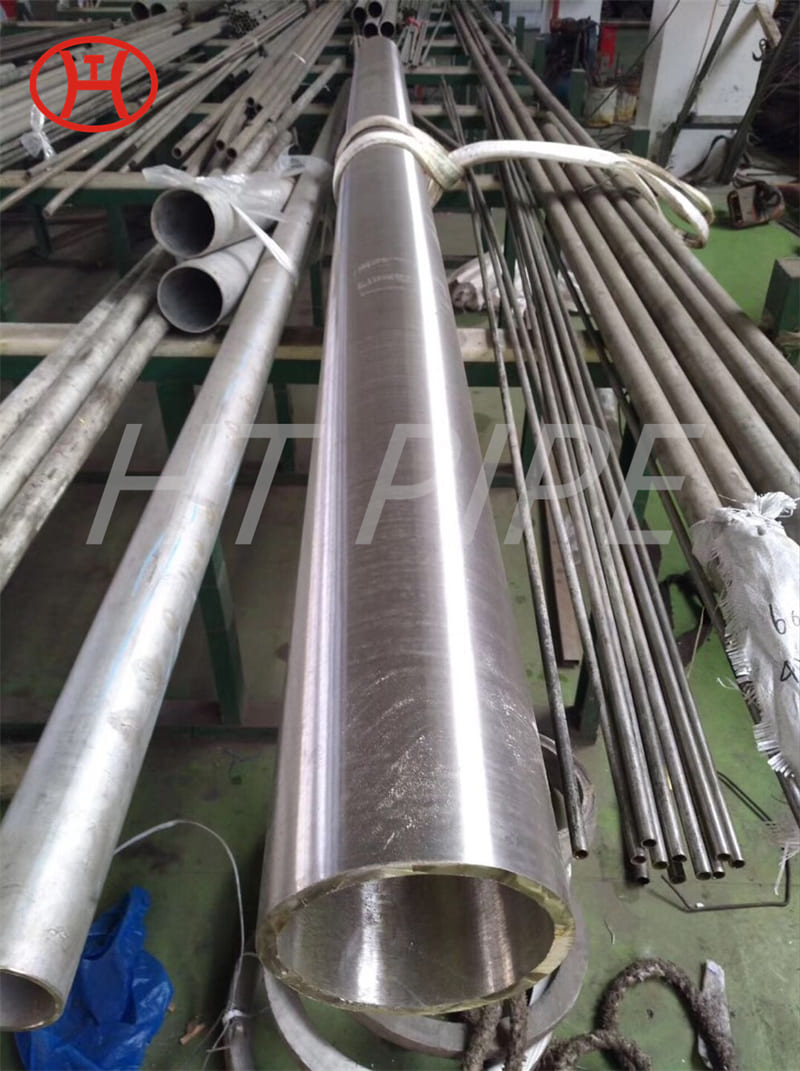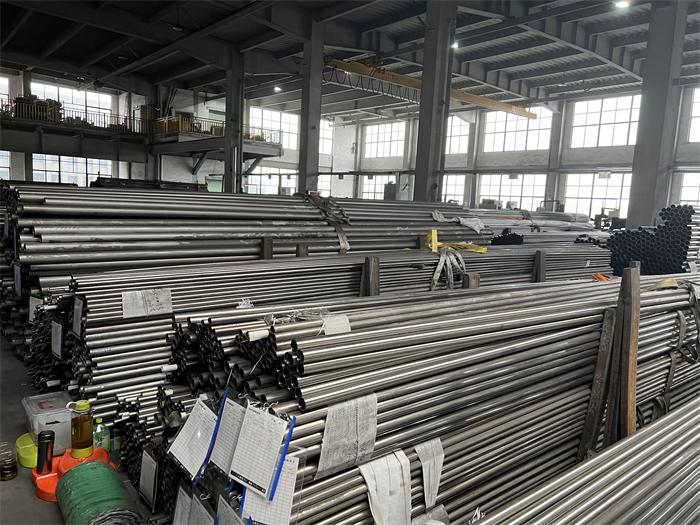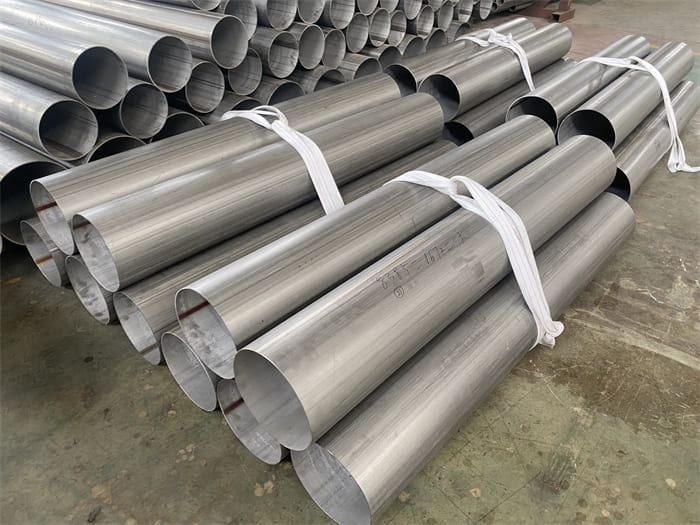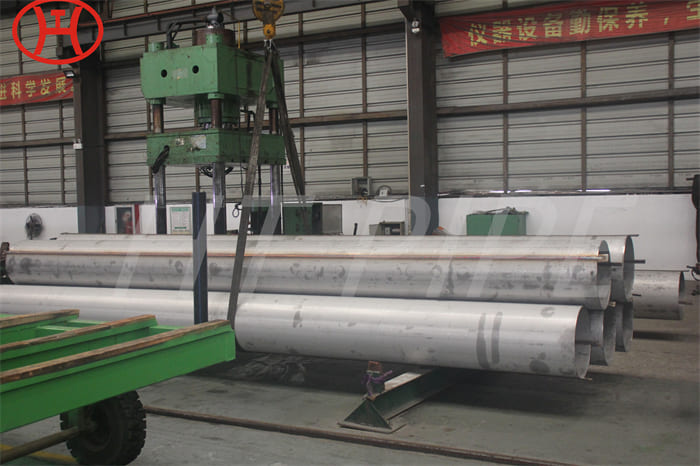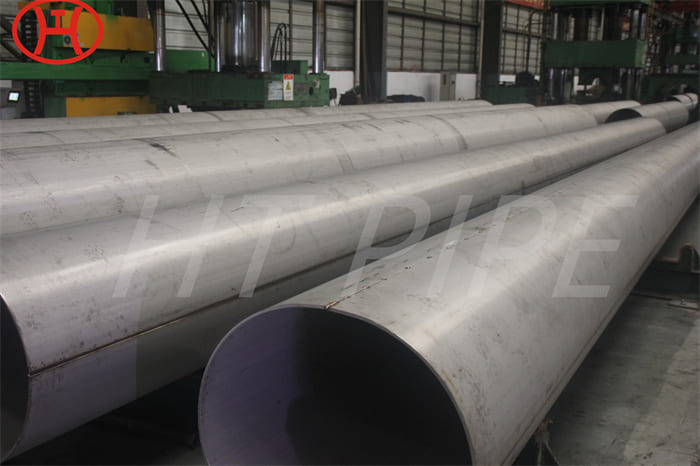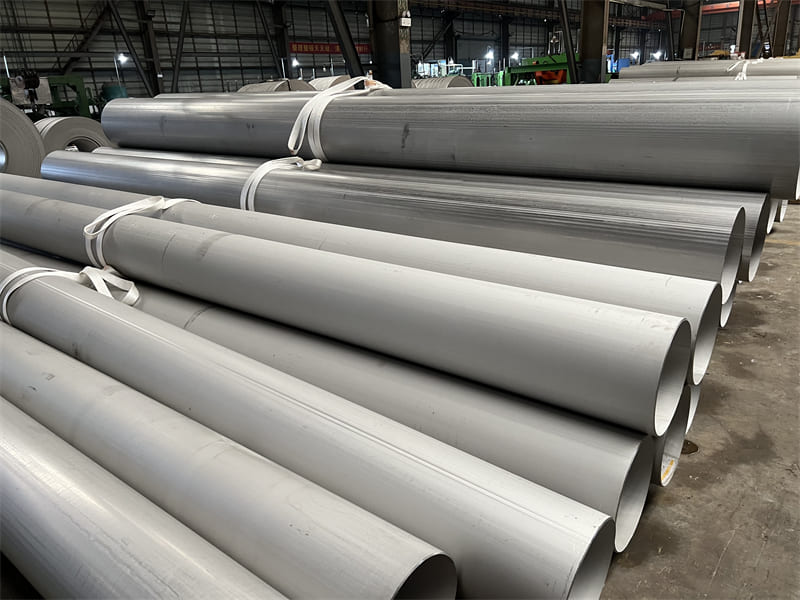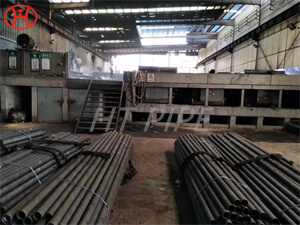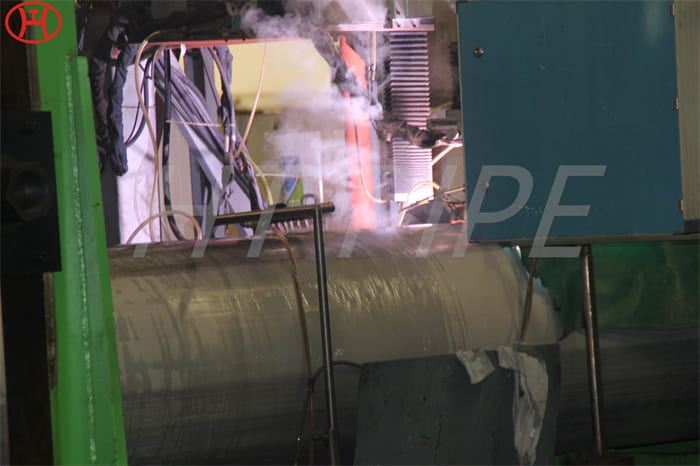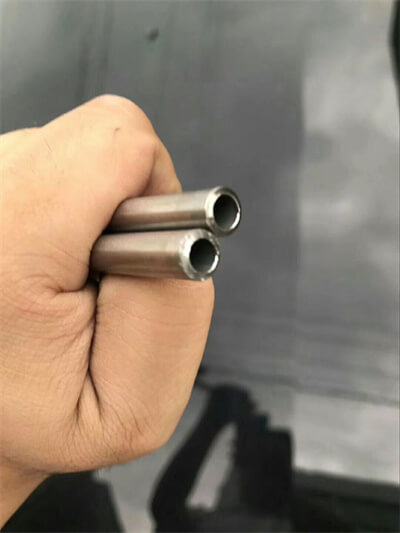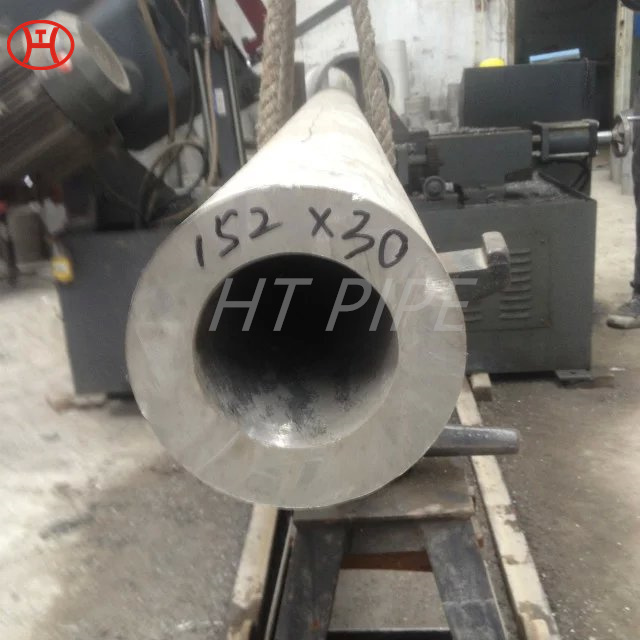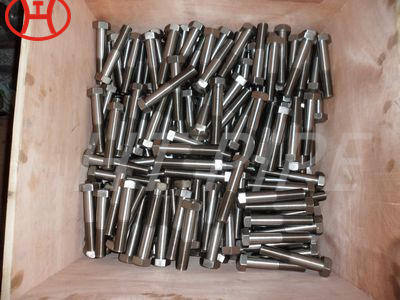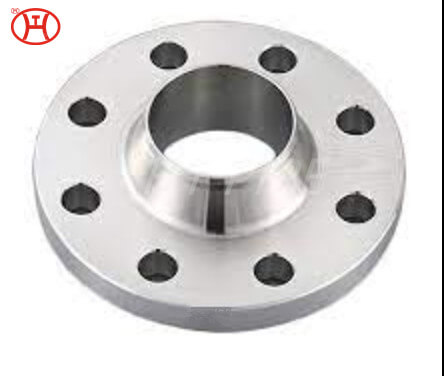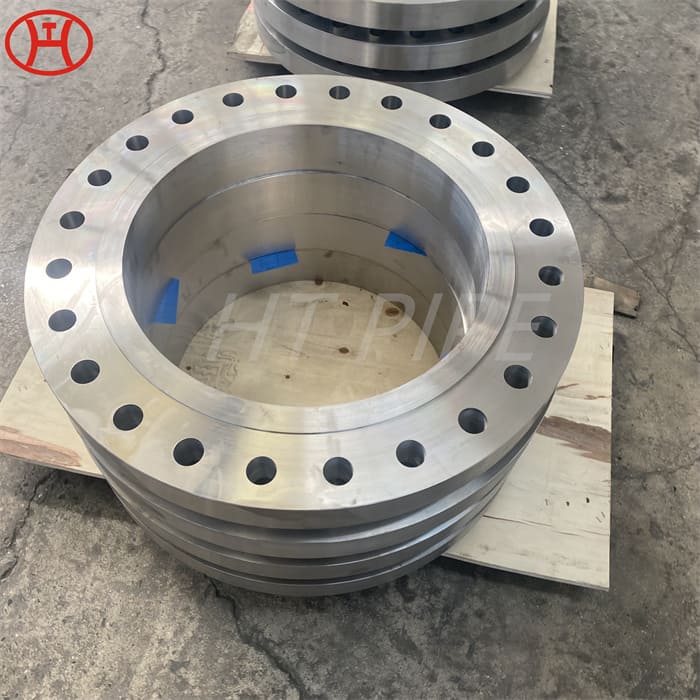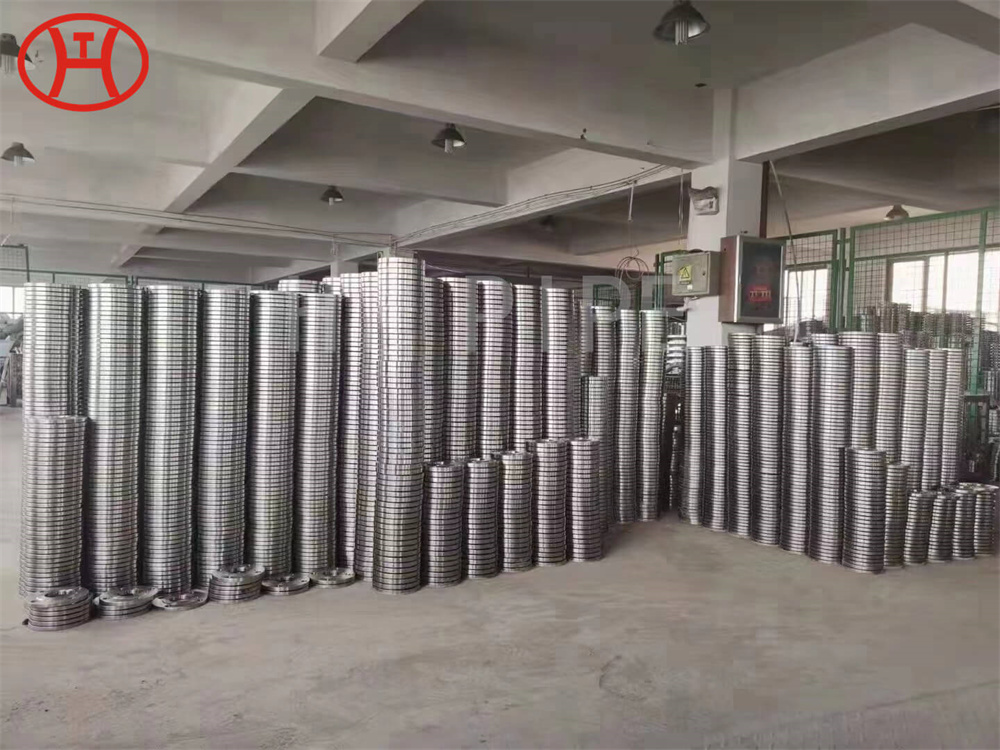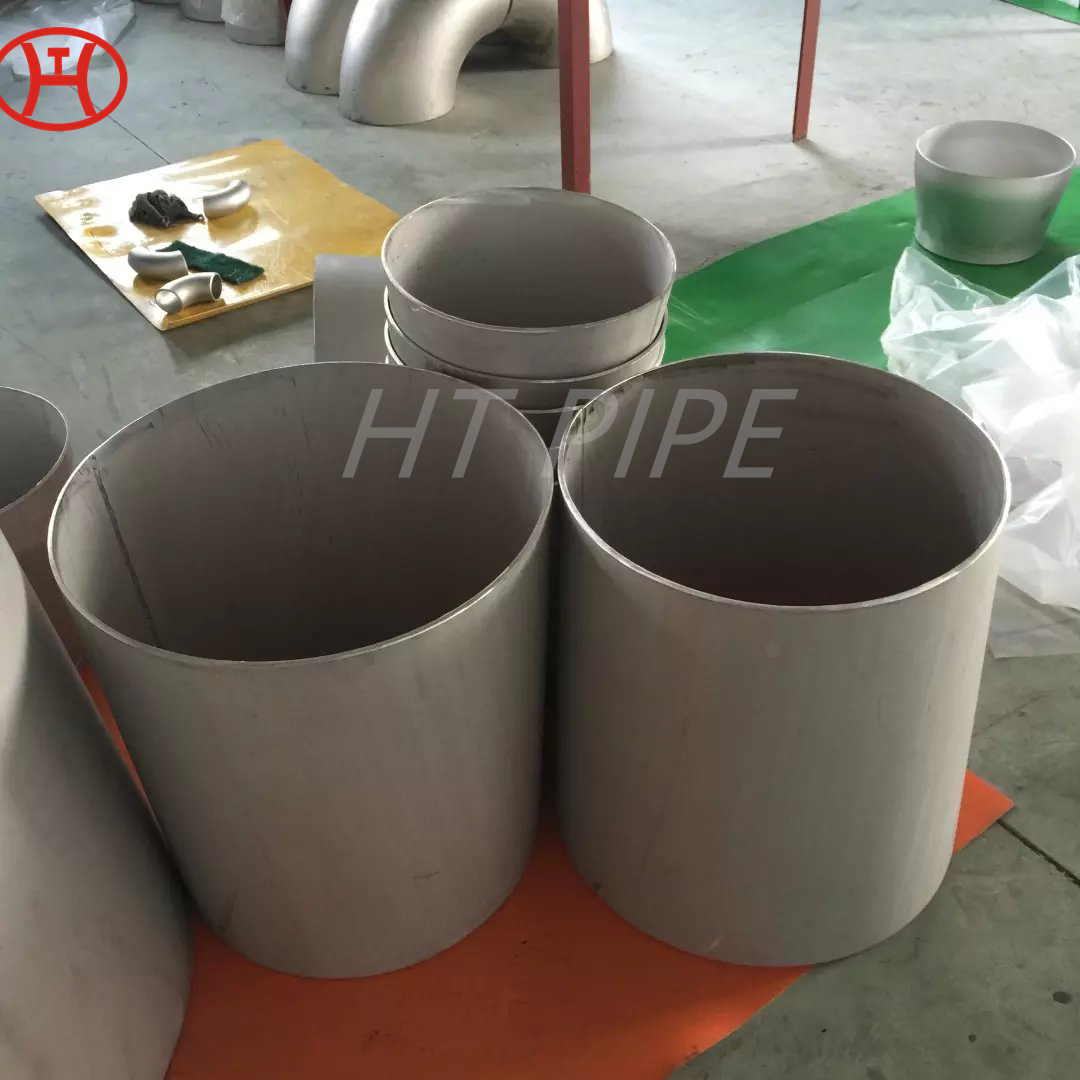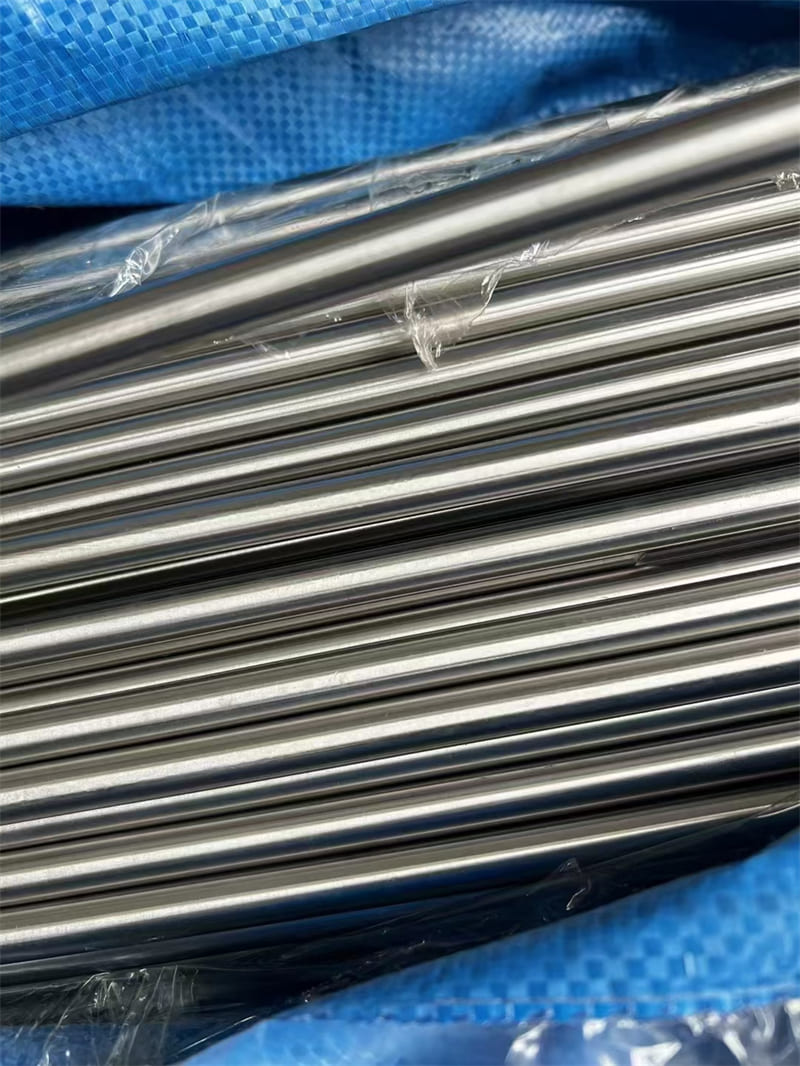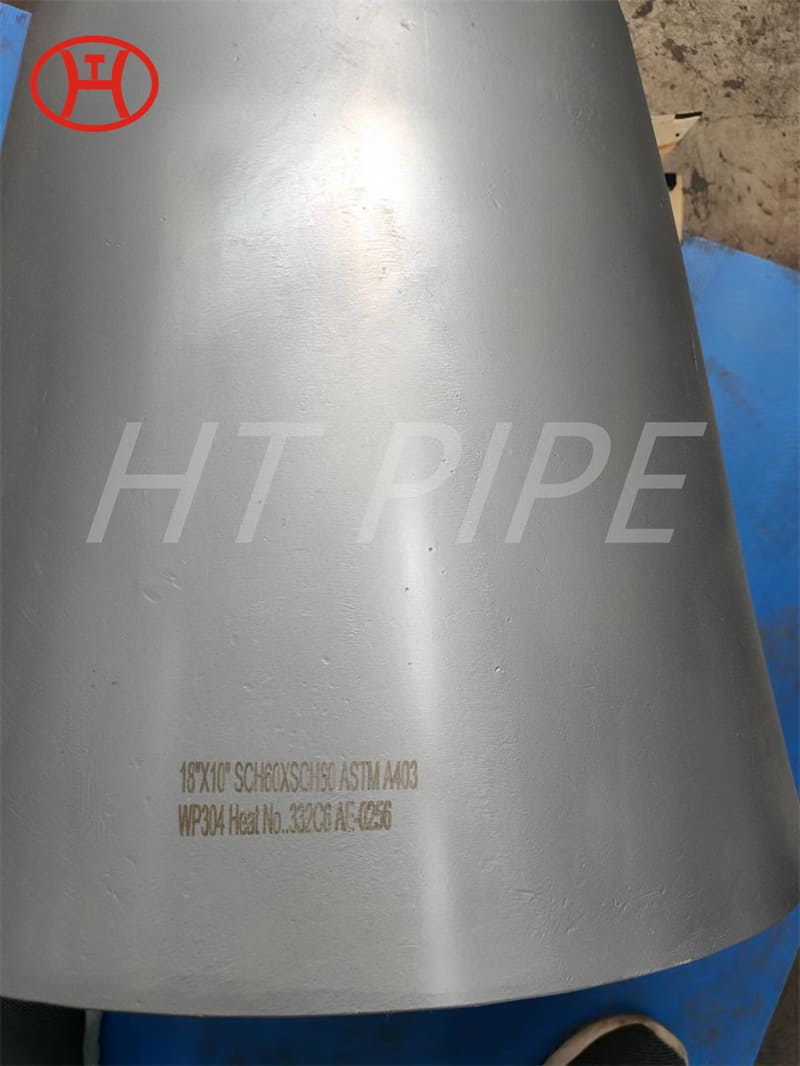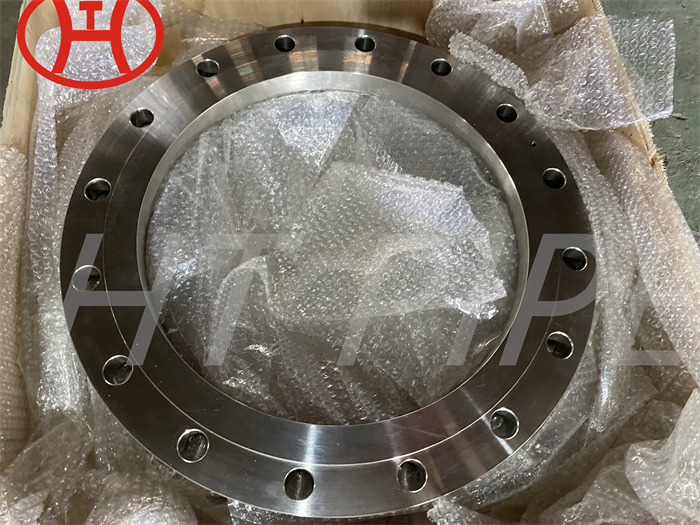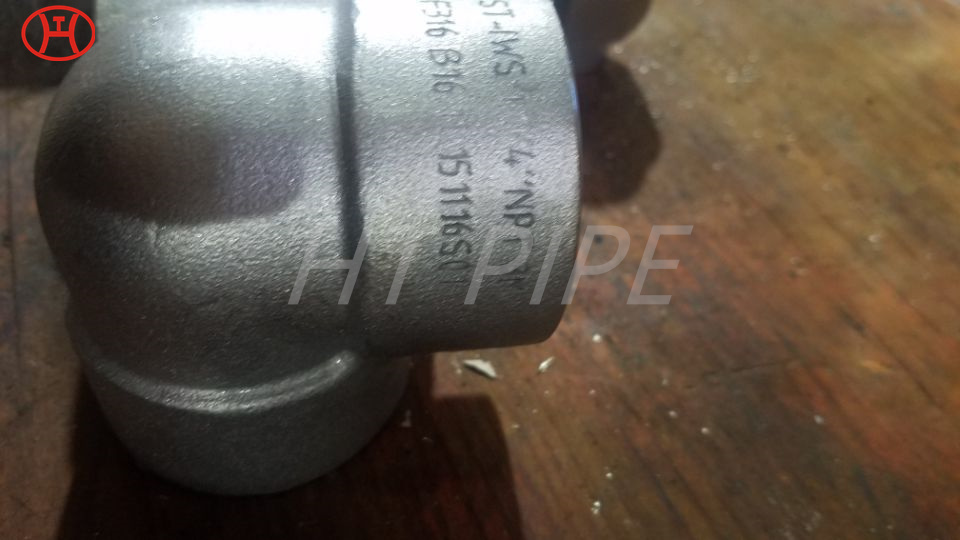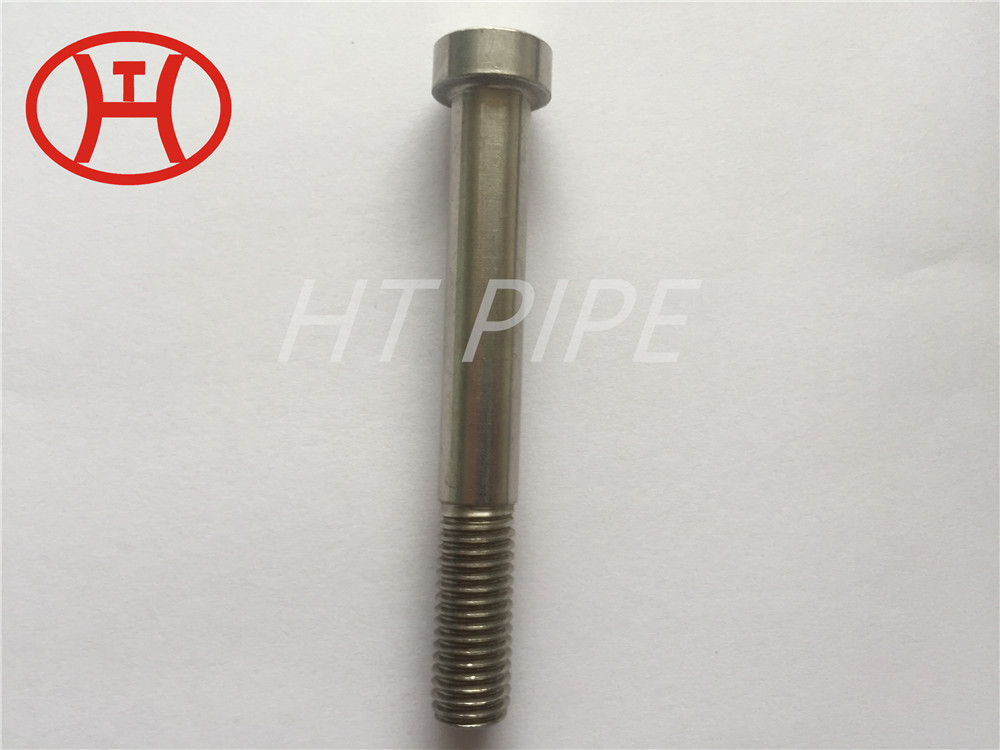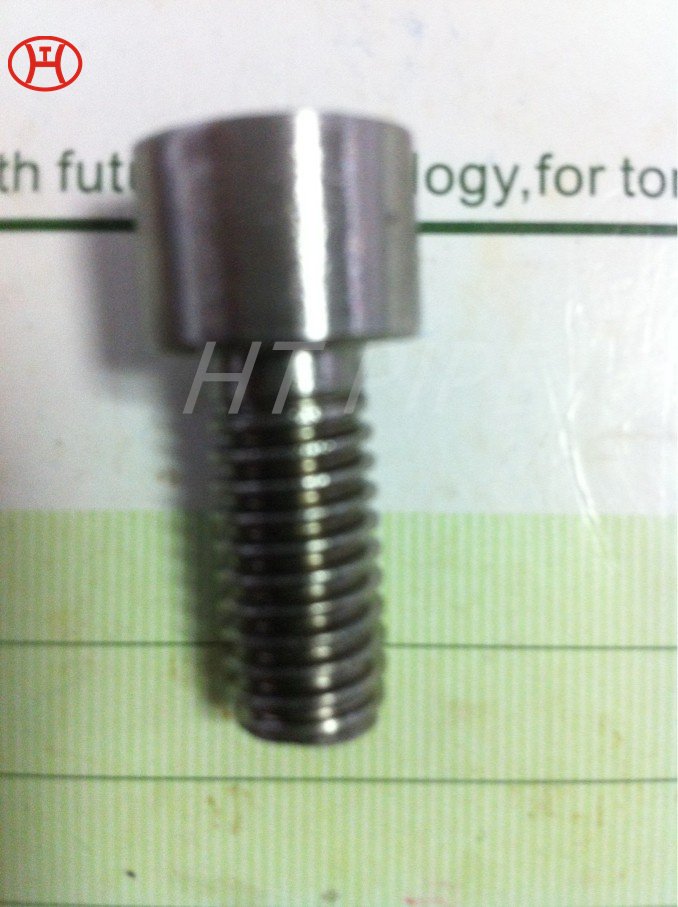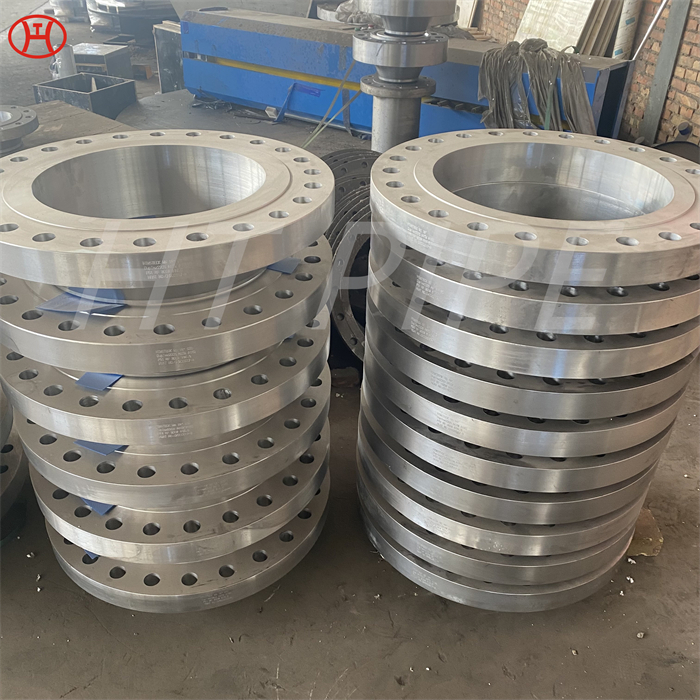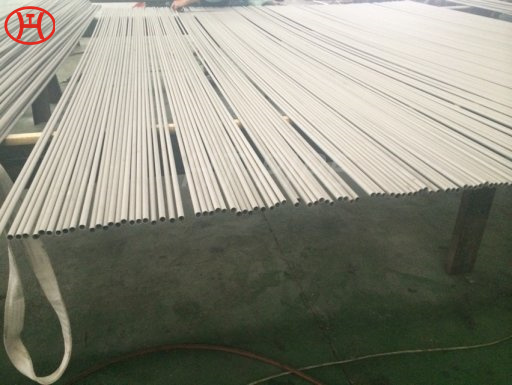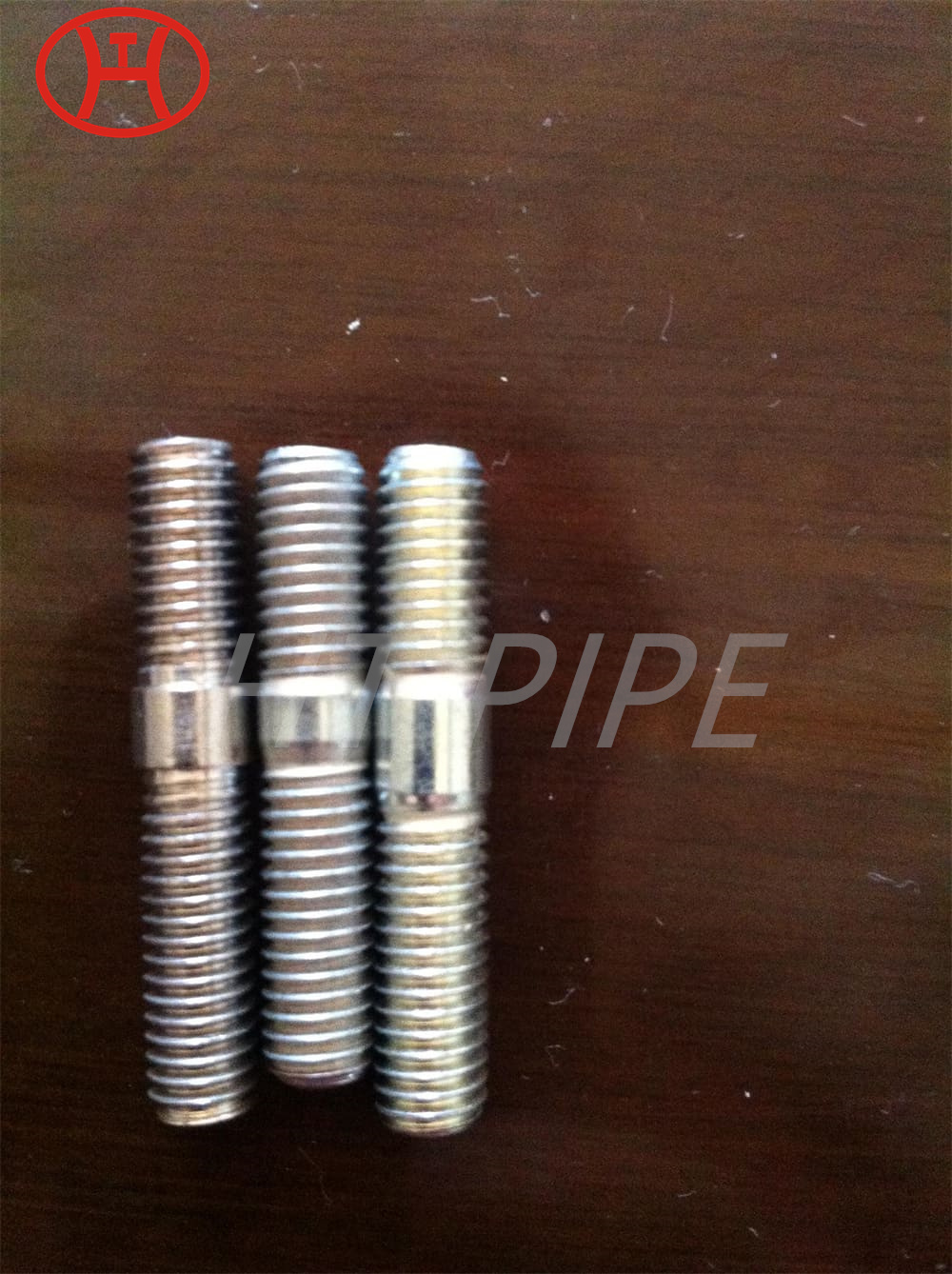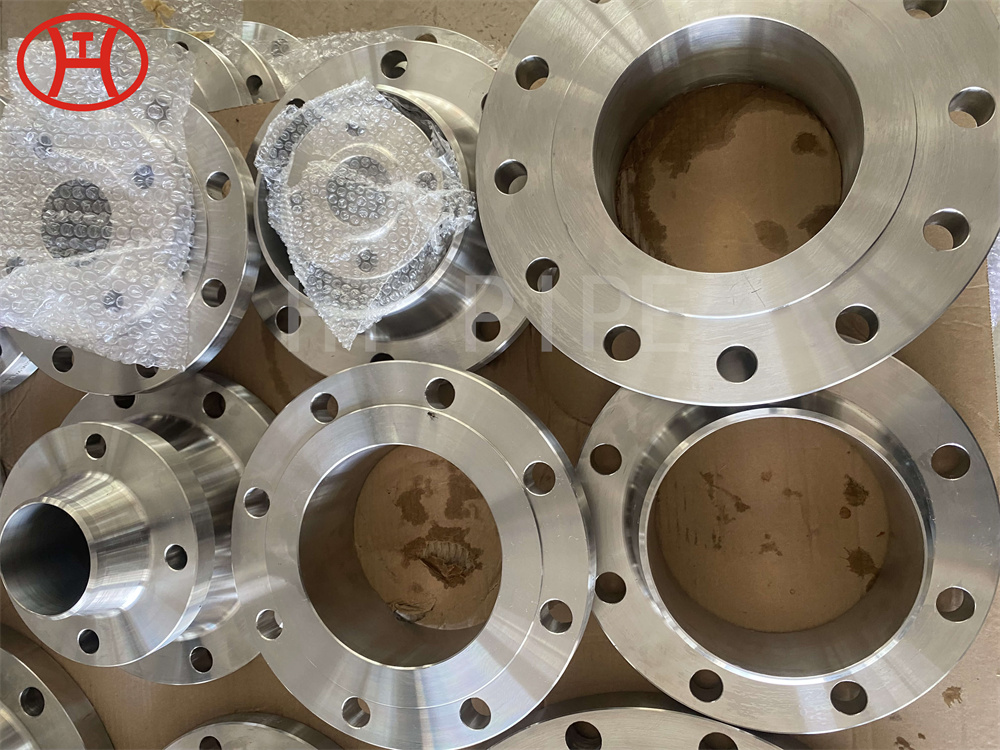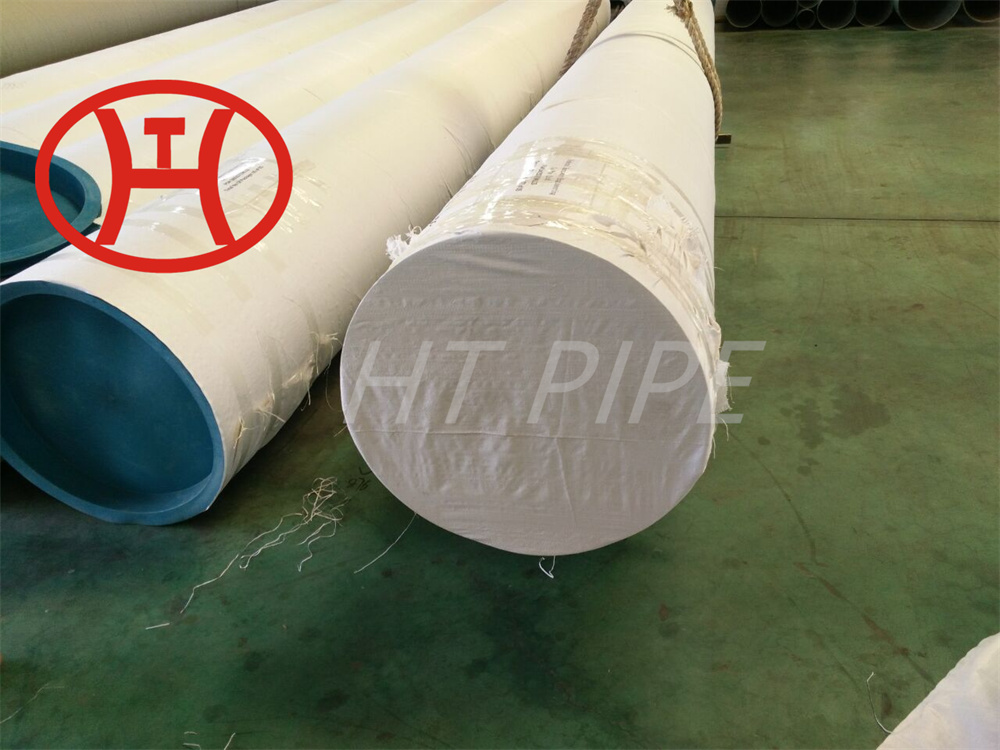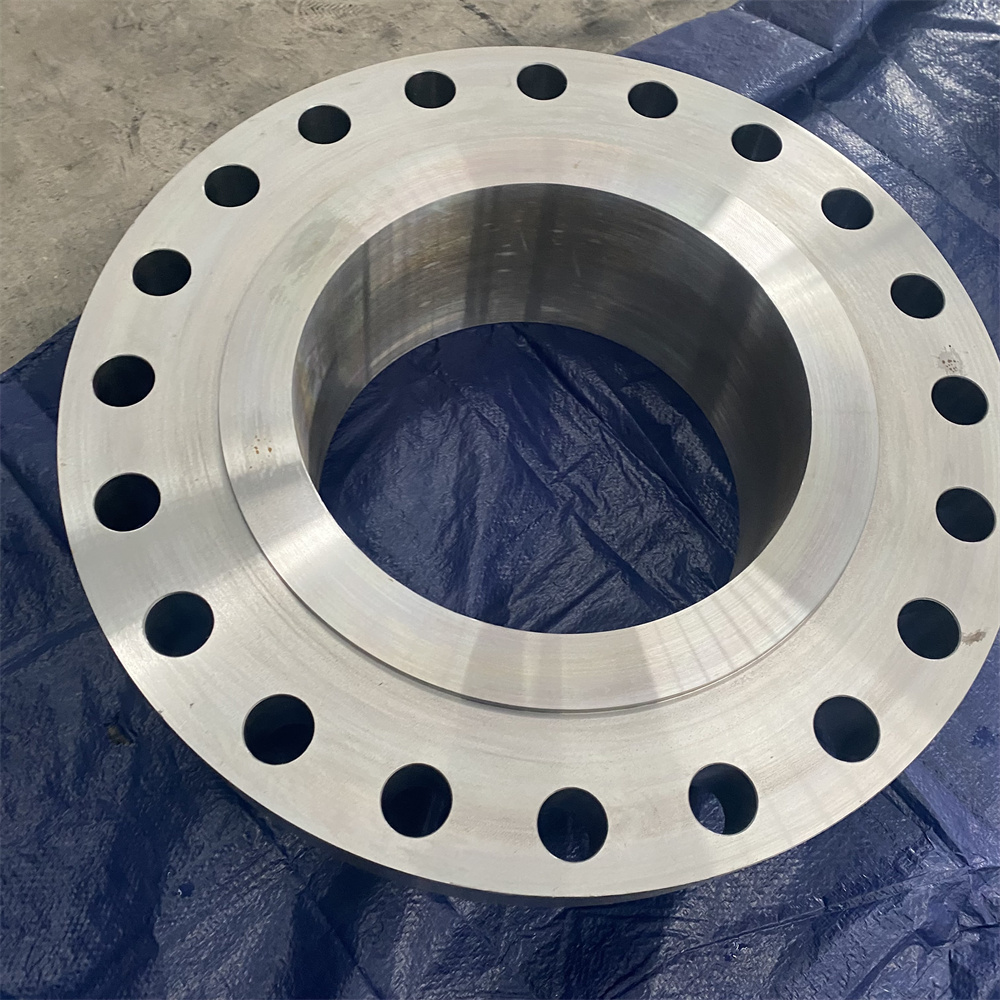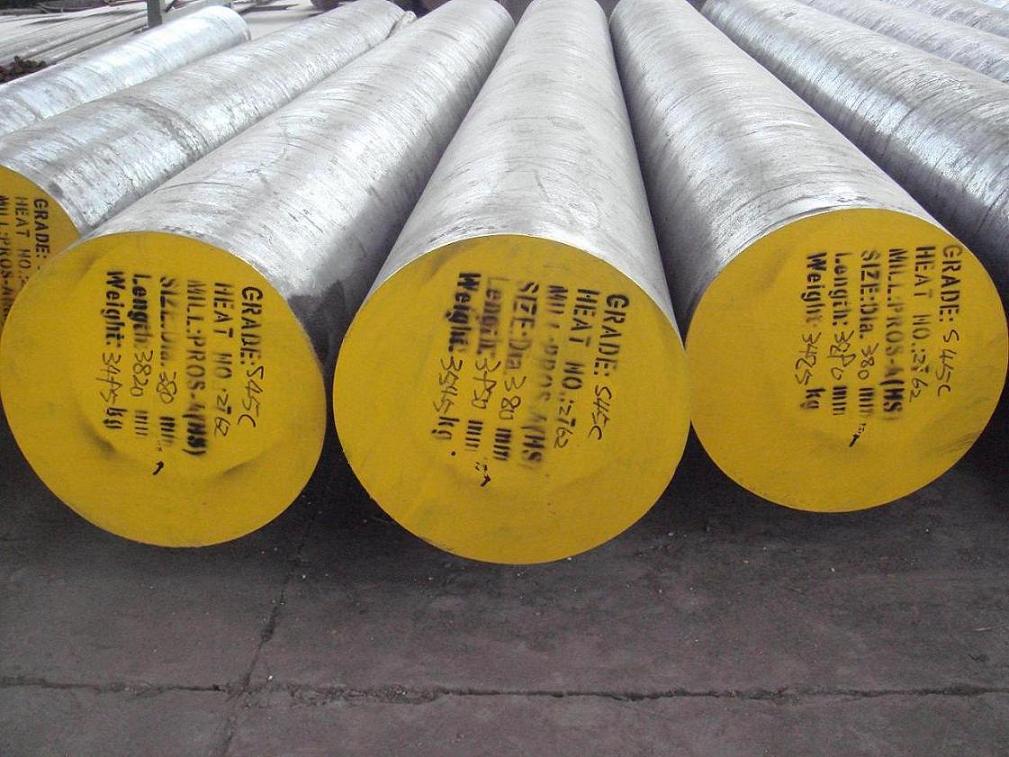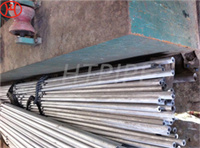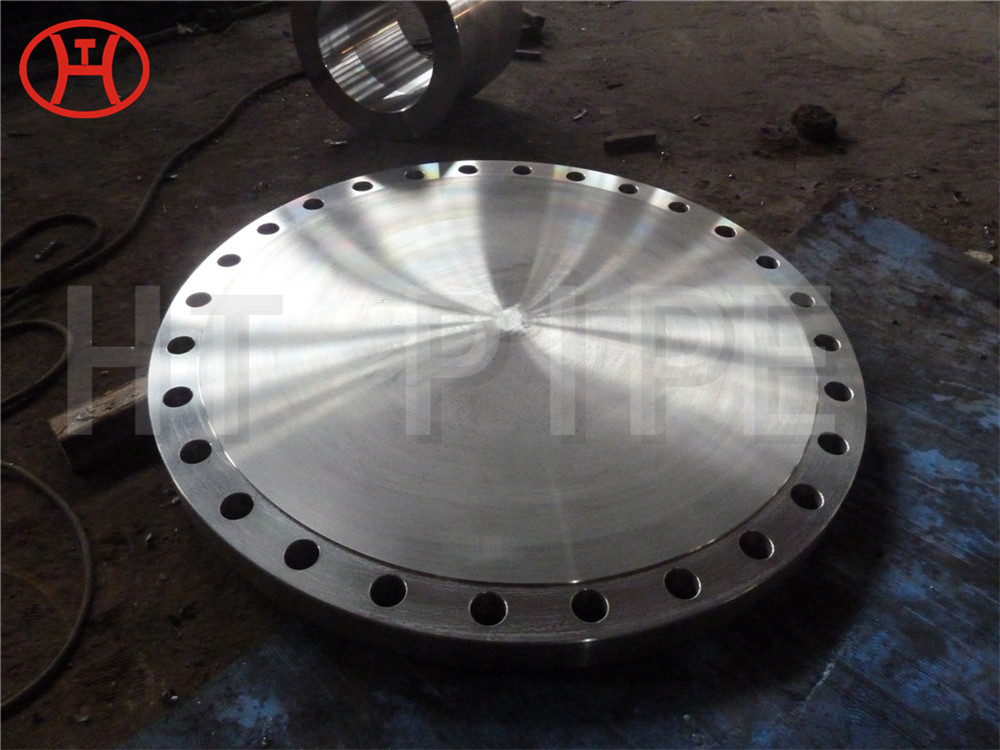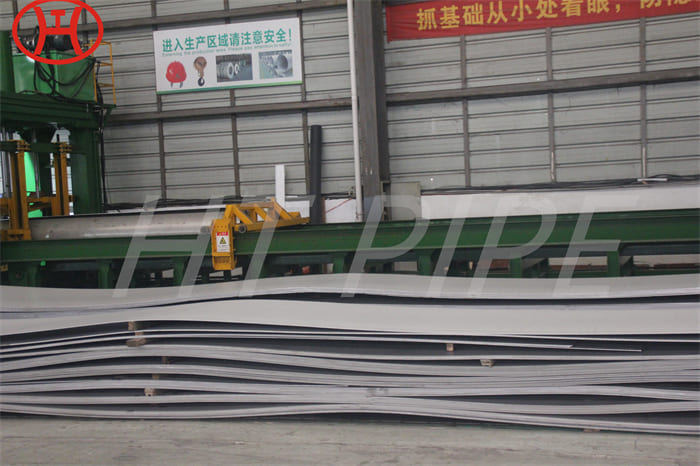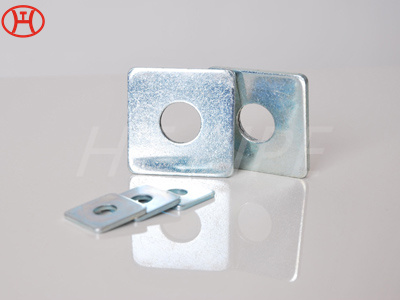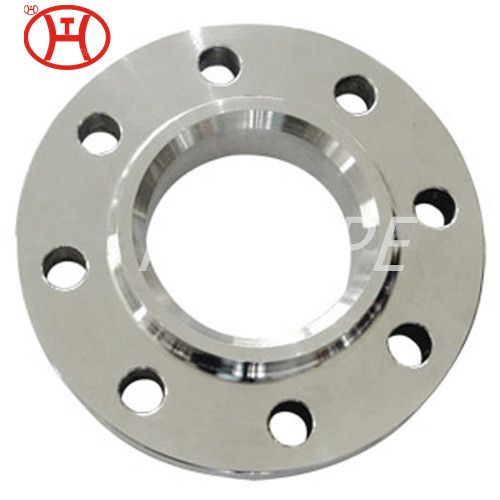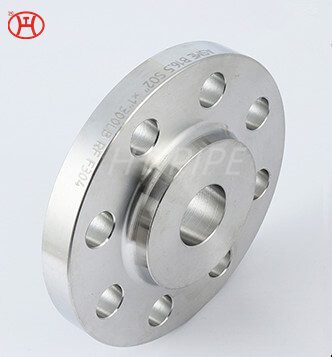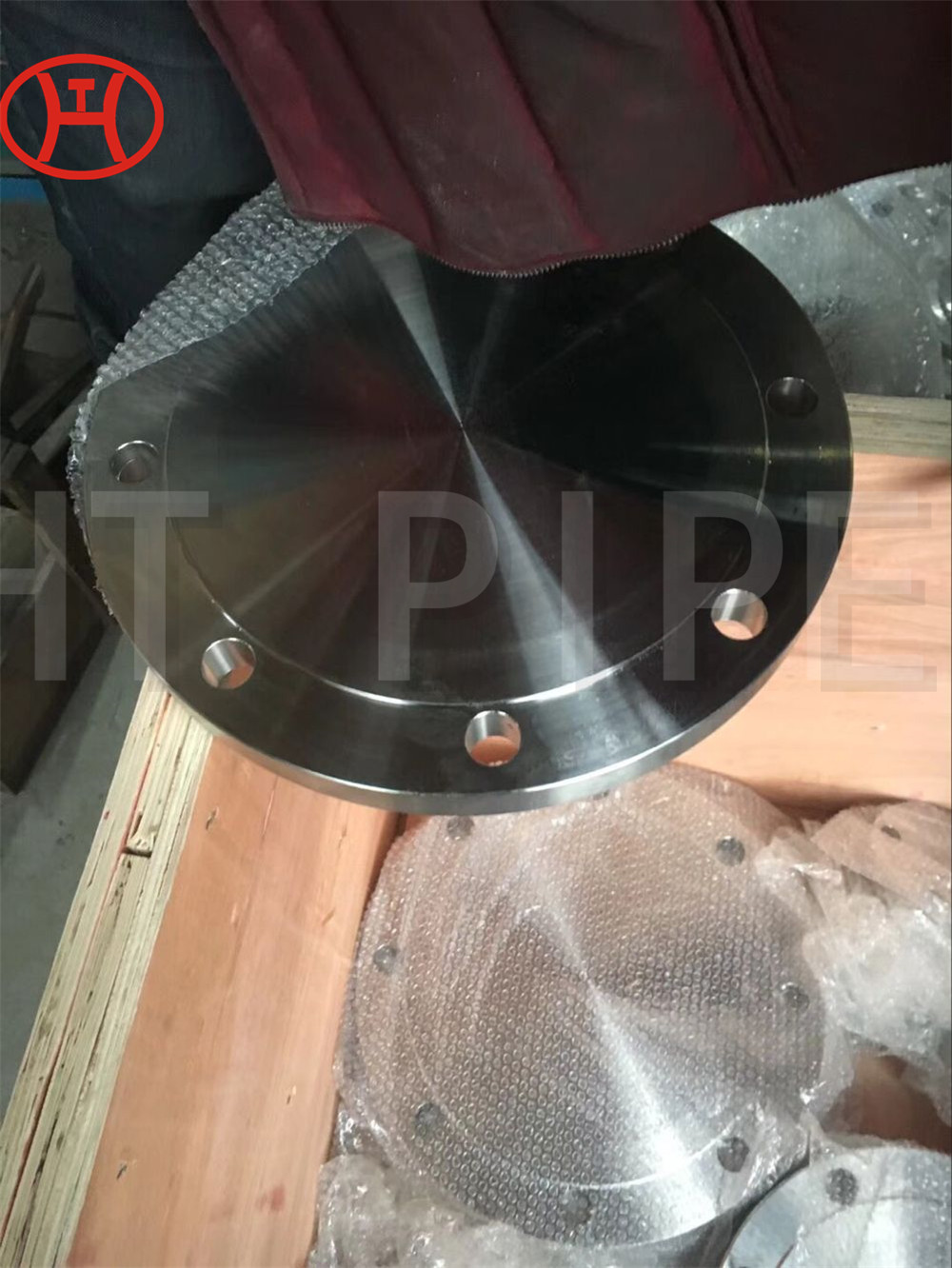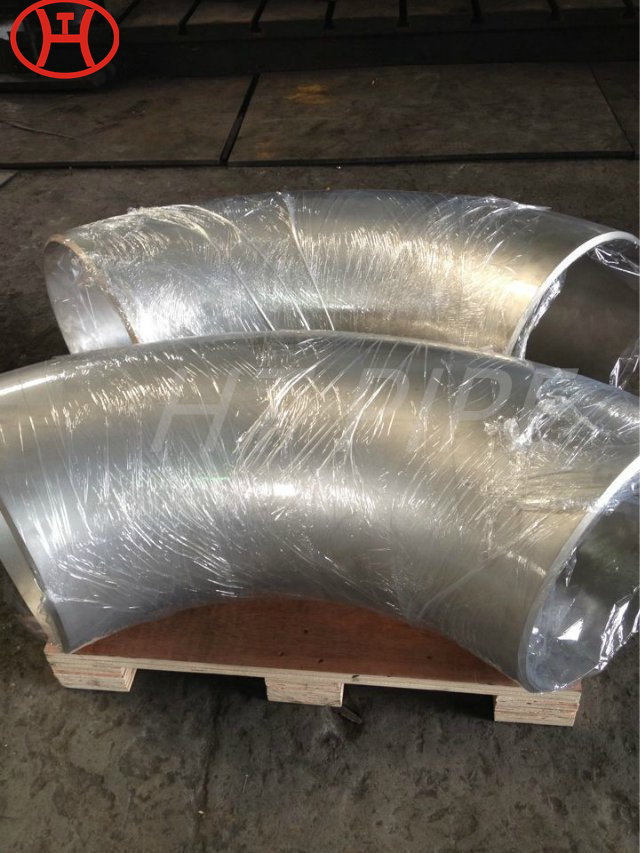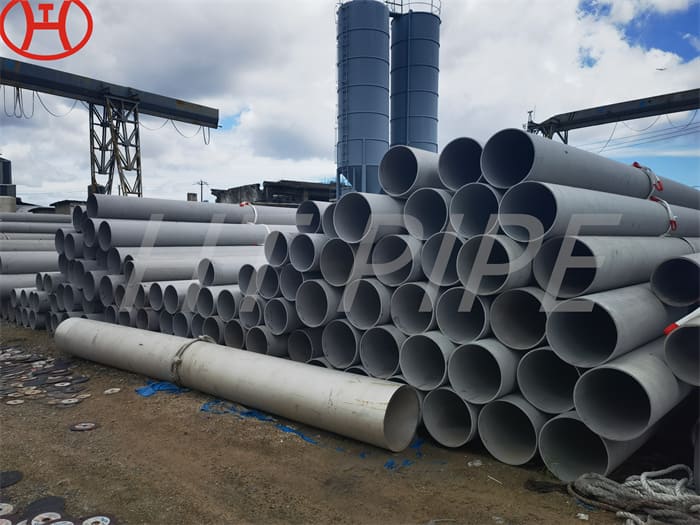
Mechanical Properties stainless steel 316 SUS316 pipe
In high temperature environments, 316 stainless steel tends to outperform 304.
ASTM A312 TP316 ERW Pipe, Check 316 Stainless Steel Seamless Pipe Dimension
Stainless Steel 316 Pipe is an austenitic stainless steel grade pipe that has good resistance to chloride ion corrosion stress cracking. For this reason, the pipe is used in marine and sea water applications with ease. Navstar Steel is a leading supplier and manufacturer of the Stainless Steel 316 Pipe products in various scales and dimensions.
The Stainless Steel 316 Welded Pipe is welded from strips of the same grade and they have equal strength as the 304 types but with added corrosion resistance due to the 4% molybdenum content in the composition. The ASTM A312 TP316 ERW Pipe belongs to the A312 specification for the tubular products and it can be used for high temperature and high pressure applications. The most use cases of the Stainless Steel DIN 1.4401 Pipe can be seen in the pollution control, waste water purification, sea water desalination and marine applications. Please contact us for more product information and the SS UNS S31600 Schedule 40 Pipe pricing.
Chemical Element of SS DIN 1.4401 Hollow Pipe
| Grade | 316 | |
| min | max | |
| C | – | 0.08 |
| Mn | – | 2.0 |
| Si | – | 0.75 |
| P | – | 0.045 |
| S | – | 0.03 |
| Cr | 16.0 | 18.0 |
| Mo | 2.0 | 3.0 |
| Ni | 10.0 | 14.0 |
| N | – | 0.10 |
Mechanical Properties of SS UNS S31600 Round Pipe
| Grade | 316 | |
| Tensile Strength (MPa) min | 515 | |
| Yield Strength 0.2% Proof (MPa) min | 205 | |
| Elongation (% in 50mm) min | 40 | |
| Hardness | Rockwell B (HR B) max | 95 |
| Rockwell B (HR B) max | 217 | |









































































































